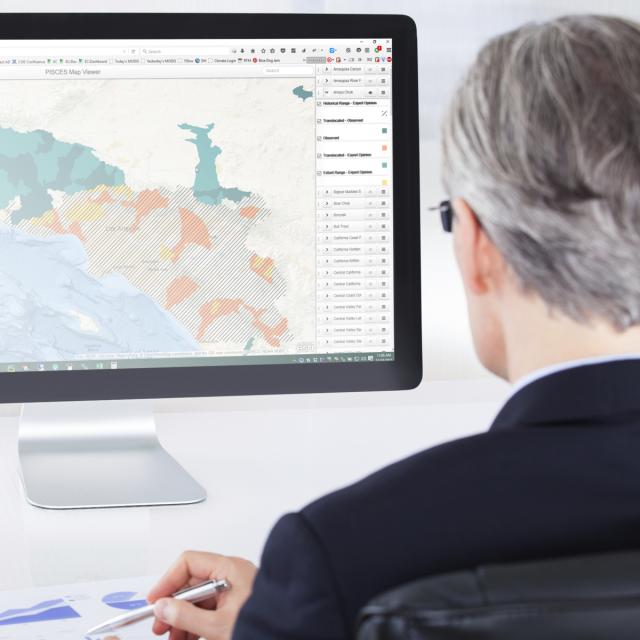MOOC List is learner-supported. When you buy through links on our site, we may earn an affiliate commission.

MOOC List is learner-supported. When you buy through links on our site, we may earn an affiliate commission.
You will go in-depth with common data types (such as raster and vector data), structures, quality and storage during four week-long modules:
Week 1: Learn about data models and formats, including a full understanding of vector data and raster concepts. You will also learn about the implications of a data’s scale and how to load layers from web services.
Week 2: Create a vector data model by using vector attribute tables, writing query strings, defining queries, and adding and calculating fields. You'll also learn how to create new data through the process of digitizing and you'll use the built-in Editor tools in ArcGIS.
Week 3: Learn about common data storage mechanisms within GIS, including geodatabases and shapefiles. Learn how to choose between them for your projects and how to optimize them for speed and size. You'll also work with rasters for the first time, using digital elevation models and creating slope and distance analysis products.
Week 4: Explore datasets and assess them for quality and uncertainty. You will also learn how to bring your maps and data to the Internet and create web maps quickly with ArcGIS Online.
Take GIS Data Formats, Design and Quality as a standalone course or as part of the Geographic Information Systems (GIS) Specialization. You should have equivalent experience to completing the first course in this specialization, Fundamentals of GIS, before taking this course. By completing the second class in the Specialization you will gain the skills needed to succeed in the full program.
Course 2 of 5 in the Geographic Information Systems (GIS) Specialization.
Syllabus
WEEK 1
Course Overview & Data Models and Formats
This first module covers major concepts in vector and raster data models, scale, designing data tables, using vector attribute tables, and separating and joining data in order to use it more effectively in a relational database.
WEEK 2
Creating and Working with Vector Data
This module is all about working with vector data. We'll review geoprocessing and introduce the intersect tool. This module also covers writing query strings to subset data, adding and calculating fields, configuring selections, editing and creating feature classes, and everything you need to know about digitizing data.
WEEK 3
Storage Formats and Working with Rasters
This module covers choosing data storage formats for particular purposes as well as tools for working with rasters. In the first lesson, we'll discuss geodatabase design and go over considerations for file geodatabases, personal geodatabases, shapefiles, and SQLite databases. The second lesson covers creating and working with raster data. We'll talk about spatial analysis, georeferencing rasters, raster calculator, and using zonal statistics
WEEK 4
Data Quality and Creating Web Maps
The first half of this module goes over uncertainty and data quality, including a lecture on topology, which affects data relationships in your vector feature classes. In Lesson 8, guest lecturer Megan Nguyen will talk all about using ArcGIS Online, including sharing our maps with our colleagues.
MOOC List is learner-supported. When you buy through links on our site, we may earn an affiliate commission.
MOOC List is learner-supported. When you buy through links on our site, we may earn an affiliate commission.
